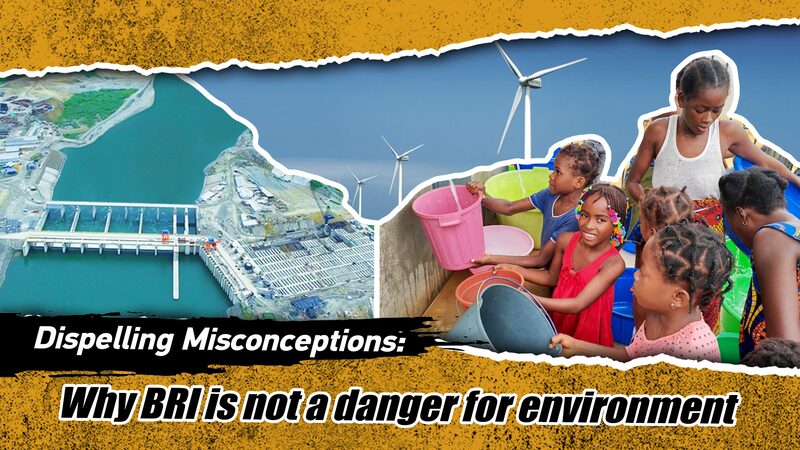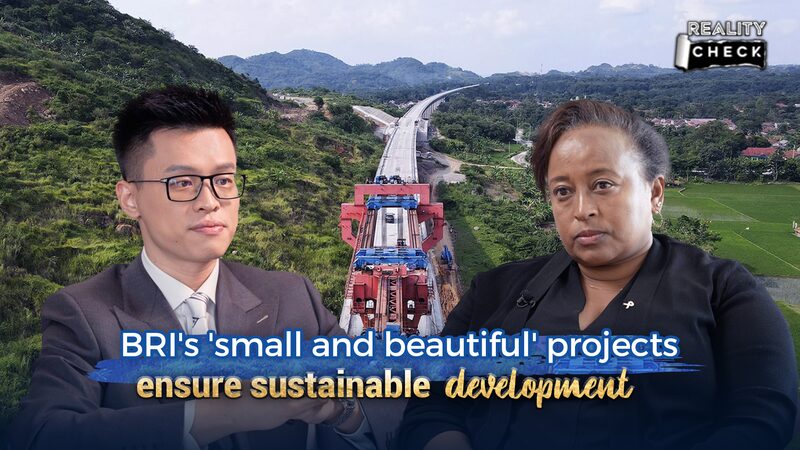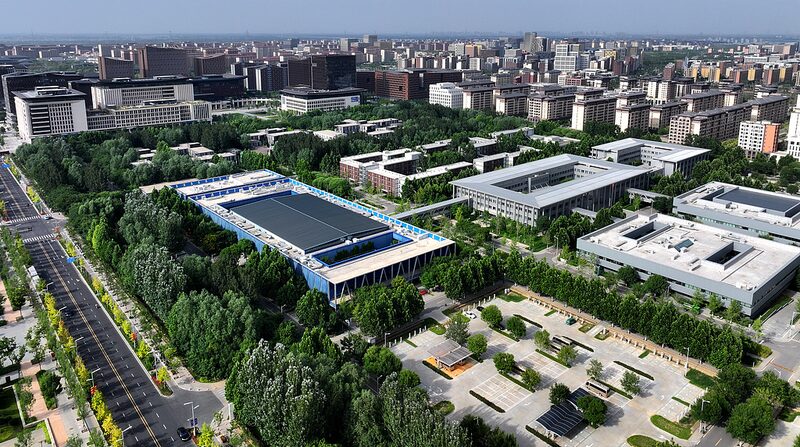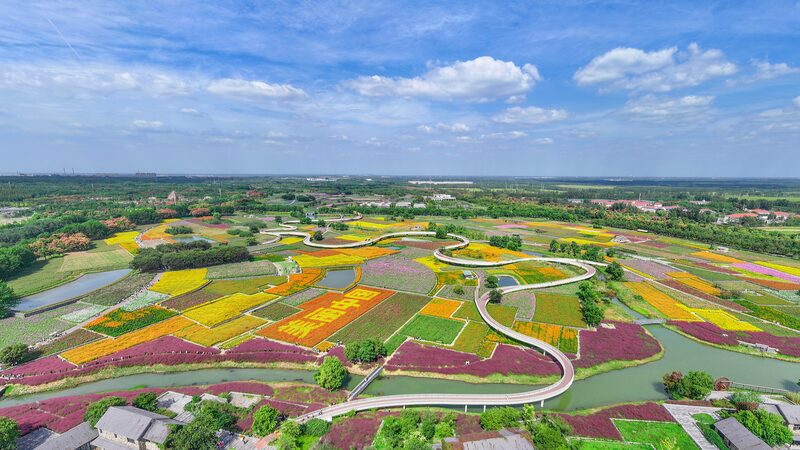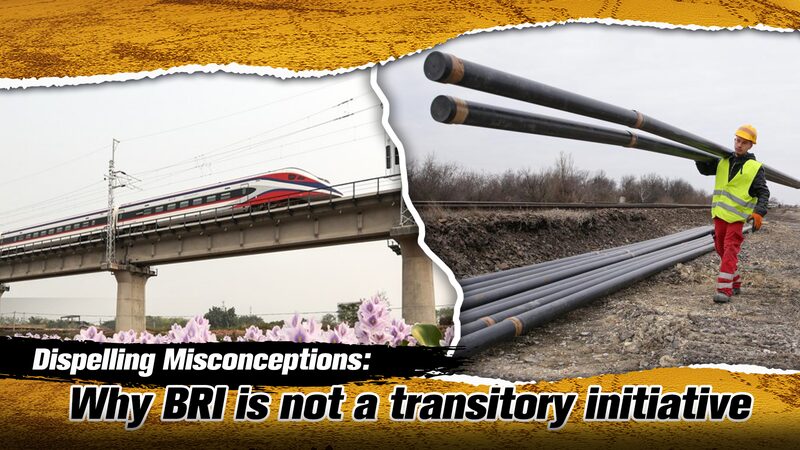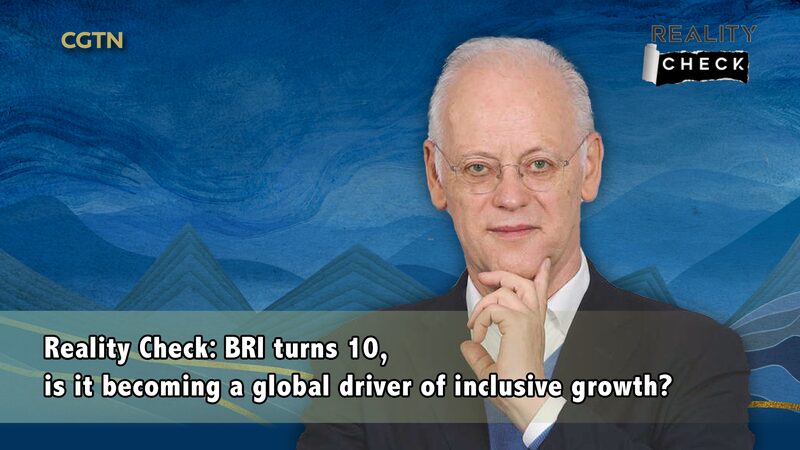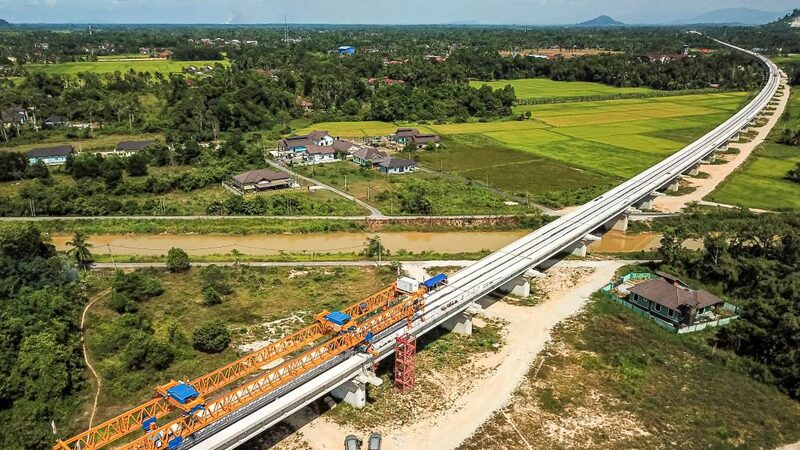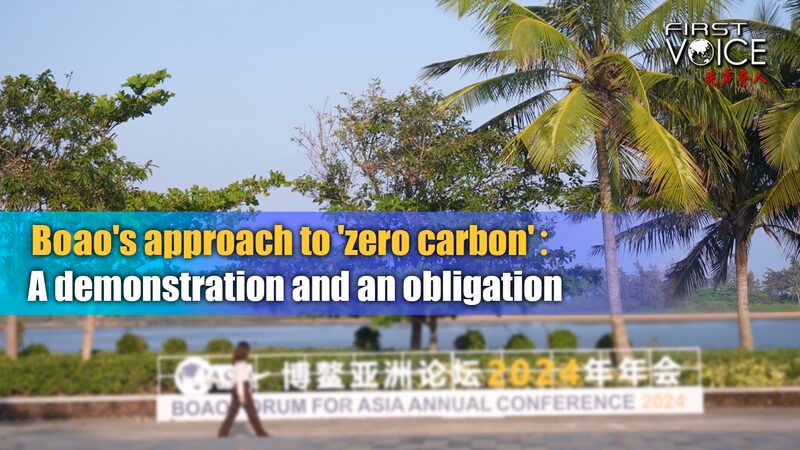Since its inception in 2013, China’s Belt and Road Initiative (BRI) has been a subject of global discussion, often shrouded in misconceptions about its environmental impact. Critics have claimed that the BRI’s extensive infrastructure projects exacerbate carbon emissions and hinder global climate efforts. But is this truly the case?
It’s important to understand that infrastructure development is a global endeavor, not exclusive to the BRI. Across the world, nations are building roads, bridges, and energy projects to fuel economic growth. The real question isn’t whether these developments should occur, but how they can be pursued sustainably.
China has shown a clear commitment to environmental responsibility within the BRI framework. The country is actively transitioning towards a green economy, investing heavily in renewable energy and sustainable technologies. This green shift is not just domestic; it extends to BRI projects, emphasizing eco-friendly practices and sustainable development.
The evolution of the BRI includes initiatives like the Green Silk Road, which highlight environmental preservation as a core tenet. Projects under this banner focus on minimizing ecological footprints, promoting clean energy, and ensuring that economic progress doesn’t come at the expense of the planet.
Furthermore, the BRI’s expansion into areas such as the Digital Silk Road and the Health Silk Road demonstrates a multifaceted approach to global challenges. By integrating sustainability into its core, the BRI positions itself as a collaborative effort to address issues like climate change, rather than a unilateral push for development at all costs.
In evaluating the BRI, it’s essential to move beyond one-sided narratives. While vigilance in environmental matters is necessary, acknowledging China’s strides in green development fosters a more balanced understanding. The BRI, with its emphasis on sustainable practices, holds the potential to be a force for positive environmental change on a global scale.
Reference(s):
Dispelling Misconceptions: Why BRI is not a danger for environment
cgtn.com
